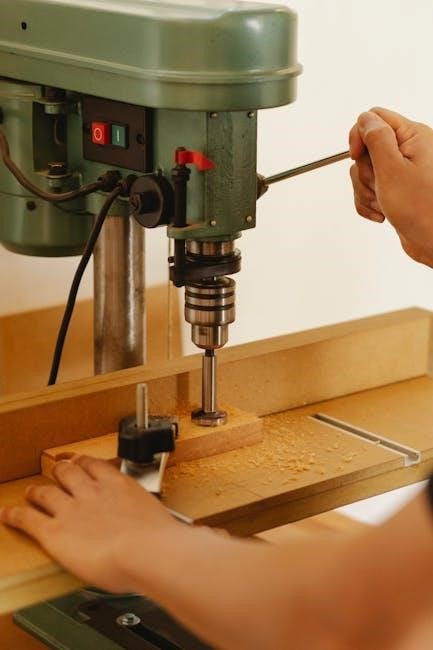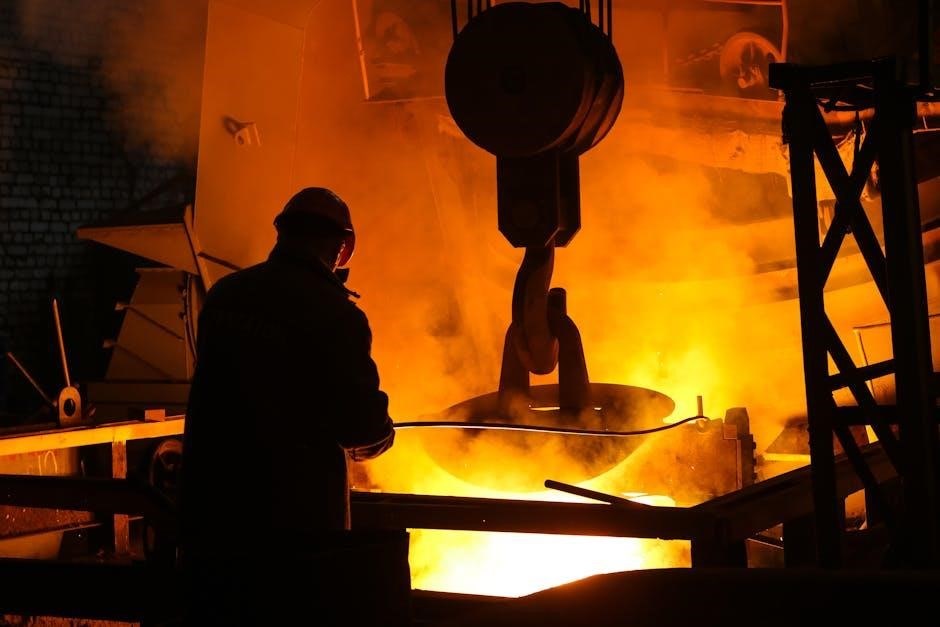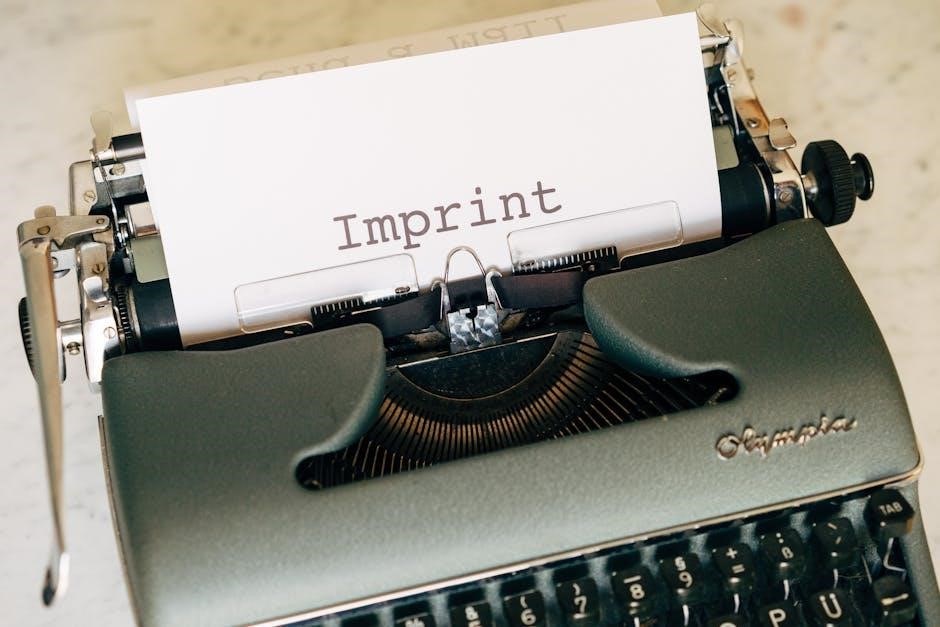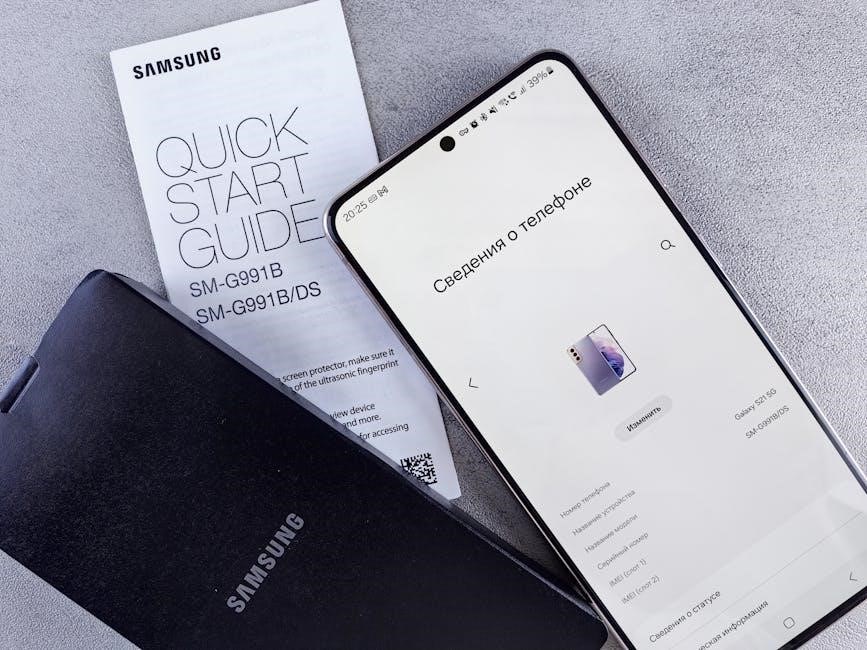Combo Heat Press Machine Manual: A Comprehensive Guide
This comprehensive guide provides essential instructions for operating a combo heat press machine, covering setup, operation, troubleshooting, and maintenance․ Learn to transfer designs onto t-shirts, mugs, hats, and more with ease and confidence․ Follow these guidelines to maximize efficiency and avoid common mistakes․
Combo heat press machines represent a versatile solution for businesses and hobbyists alike, offering the capability to apply heat transfers to a wide array of items․ These machines, such as the Economy Combo Heat Press Model No․: ECH-800, utilize detachable forms to transfer specialized heat-transfer vinyl onto different media, including t-shirts, hats, mugs, glasses, and more․ The process involves applying consistent heat and pressure for a specified duration, ensuring the design adheres properly to the chosen surface․

The adaptability of combo heat presses makes them ideal for creating customized gifts, apparel, and promotional items․ Whether you’re personalizing a mug with a unique design or adding a logo to a t-shirt, these machines provide the necessary tools to achieve professional-quality results․ This manual serves as a comprehensive guide to setting up, operating, troubleshooting, and maintaining your combo heat press machine, ensuring optimal performance and longevity․
Understanding the basic principles of heat transfer is crucial for successful operation․ Factors such as temperature, pressure, and time play significant roles in the final outcome․ By following the instructions outlined in this manual, users can effectively navigate these variables and produce high-quality, customized products․
Key Features and Benefits of Combo Heat Presses

Combo heat presses offer a multitude of features and benefits, making them a valuable asset for various applications․ One of the primary advantages is their versatility, accommodating diverse items like T-shirts, mugs, plates, caps, and more through interchangeable attachments․ This adaptability eliminates the need for multiple specialized machines, saving space and reducing overall investment․
Another key feature is precise temperature and pressure control, crucial for achieving optimal transfer results․ Adjustable timers ensure consistent application, preventing under or over-pressing․ Digital displays enhance user experience, providing accurate readings and simplified operation․ The robust construction of combo heat presses guarantees durability and long-term reliability, even with frequent use․
Furthermore, these machines streamline the customization process, enabling businesses and individuals to create personalized products efficiently․ The ability to troubleshoot common issues, as detailed in this manual, minimizes downtime and maximizes productivity․ Safety features, such as automatic shut-off, contribute to a secure working environment; Overall, combo heat presses provide a cost-effective and user-friendly solution for heat transfer applications․
Technical Specifications and Parameters
Understanding the technical specifications and parameters of your combo heat press is essential for optimal performance and safety․ Key specifications include the machine’s power rating, typically measured in watts or amps, which dictates its energy consumption and compatibility with your electrical system․ The temperature range, usually spanning from room temperature to around 400-450 degrees Fahrenheit, determines the types of materials and transfer methods you can use․
The platen size, referring to the dimensions of the heating element, affects the maximum size of the items you can press․ Pressure adjustment capabilities, often indicated in pounds per square inch (PSI), are crucial for achieving proper adhesion without damaging the substrate․ Timer settings, usually adjustable in seconds, ensure precise heat application for consistent results․ The machine’s weight and dimensions are also important considerations for workspace planning and portability․
Parameters such as warm-up time, cooling requirements, and the materials used in the machine’s construction contribute to its overall efficiency and longevity․ Consulting the manufacturer’s documentation for specific values ensures you operate the heat press within its designed limits, preventing damage and ensuring consistent, high-quality output․
Operating Instructions: A Step-by-Step Guide
To begin, ensure the combo heat press is placed on a stable, heat-resistant surface and connected to a properly grounded power outlet․ Turn on the machine using the power switch, allowing it to warm up to the desired temperature․ Consult your transfer material’s instructions for recommended temperature and time settings․ Use the digital control panel to set the temperature, time, and pressure according to your project requirements․
Prepare your item by pre-pressing it to remove any wrinkles or moisture․ Position your transfer design onto the item, securing it with heat-resistant tape if necessary․ Place the item onto the lower platen of the heat press, ensuring it is centered and aligned correctly․ Carefully lower the upper platen onto the item, applying firm and even pressure․
Once the timer reaches zero, the heat press will typically beep․ Raise the upper platen and carefully remove the item․ Allow the item to cool completely before peeling off the transfer paper, following the instructions provided with your transfer material․ Inspect the finished product to ensure the design has transferred correctly․ Repeat the process as needed, adjusting settings as necessary to achieve optimal results․
Printing on T-shirts: A Detailed Process
Printing on t-shirts using a combo heat press requires meticulous preparation and precise execution․ First, select a high-quality t-shirt made of suitable material, such as cotton or a cotton-polyester blend, ensuring it is clean and free of wrinkles․ Pre-press the shirt on the heat press for a few seconds to remove any moisture and create a smooth surface for the transfer․
Next, prepare your design, whether it’s a digital image printed on transfer paper or a vinyl cut․ Position the design precisely onto the t-shirt, using heat-resistant tape to secure it in place․ Place a Teflon sheet or parchment paper over the design to protect it from direct heat and prevent scorching․ Set the heat press to the recommended temperature and time settings for your specific transfer material․
Carefully place the t-shirt onto the lower platen of the heat press and lower the upper platen, applying firm and even pressure․ Once the timer goes off, lift the upper platen and remove the t-shirt․ Allow the shirt to cool slightly before carefully peeling off the transfer paper, following the manufacturer’s instructions․ Inspect the design for any imperfections and repress if necessary․
Customizing Mugs and Other Items
Customizing mugs and other items with a combo heat press opens up a world of creative possibilities․ Begin by selecting sublimation-ready mugs or items with a special coating designed for heat transfer․ Prepare your design using sublimation paper and ink, ensuring the image is mirrored for proper transfer․
Wrap the sublimation paper tightly around the mug, securing it with heat-resistant tape to prevent shifting during the pressing process․ Attach the mug to the mug press attachment, ensuring it is properly aligned and snug․ Set the temperature and time according to the manufacturer’s recommendations for sublimation mugs․
Carefully place the mug into the mug press, applying consistent pressure․ Once the timer signals completion, remove the mug using heat-resistant gloves and carefully peel away the sublimation paper․ Allow the mug to cool completely before handling․ For other items, use the appropriate attachments and follow similar steps, adjusting the temperature, time, and pressure as needed․ Always refer to the item manufacturer’s guidelines for optimal results and to avoid damaging the product․
Troubleshooting Common Issues
Encountering issues with your combo heat press is inevitable, but most problems have straightforward solutions․ One common issue is the heat press not turning on․ Begin by checking the power cable for any damage or loose connections․ Ensure the outlet is functioning correctly by plugging in another appliance․ If the outlet works, inspect the heat press’s fuse and replace it if necessary․
Uneven pressure can lead to inconsistent transfers․ Verify that the pressure adjustment knob is properly set and that the item being pressed is evenly positioned on the lower platen․ Temperature deviations can also affect transfer quality․ Ensure the thermocouple is correctly attached and functioning․ If the display shows unusual numbers, such as 255, the thermocouple may be faulty and require replacement․
If the timer fails to count down, check the timer settings and connections․ Poor transfer results, such as pale colors or blurring, often indicate incorrect temperature, pressure, or transfer time․ Adjust these settings accordingly and allow more time between presses to ensure proper heat distribution․ Addressing these common issues will help maintain optimal performance․
Color is Pale
A common issue encountered during heat pressing is when the colors of the transferred image appear pale or faded on the final product․ This usually indicates that one or more of the critical transfer parameters are not correctly set․
The most frequent cause of pale colors is insufficient temperature․ The heat press may not be reaching the required temperature for the specific transfer material being used․ Verify the recommended temperature for your heat transfer vinyl (HTV) or sublimation paper and adjust the heat press accordingly․
Inadequate pressure can also lead to pale colors․ If the pressure is too light, the transfer material won’t properly adhere to the substrate․ Increase the pressure by adjusting the pressure knob on the heat press, ensuring it’s firm but not excessive․

Another factor is insufficient pressing time․ The transfer material needs adequate time to bond with the substrate․ Extend the pressing time according to the manufacturer’s recommendations for the transfer material․ By addressing these parameters, you can achieve vibrant and accurate color transfers․
Picture is Blurring
Blurring of the transferred image is a frustrating problem that can arise when using a combo heat press․ This issue typically indicates that the transfer process has been prolonged beyond the optimal duration, leading to what is known as proliferation․
Excessive transfer time is the primary culprit․ The heat causes the inks or dyes in the transfer material to spread or bleed beyond their intended boundaries, resulting in a blurred or indistinct image․ Reduce the pressing time to the recommended duration for the specific transfer material being used․
Another potential cause is excessive pressure․ Too much pressure can force the inks to spread, especially when combined with high temperatures and prolonged pressing times․ Reduce the pressure to a moderate level, ensuring firm contact without excessive force․
Uneven heat distribution across the heat platen can also contribute to blurring, particularly in localized areas of the image․ Ensure the heat platen is clean and free of any obstructions that may impede even heat transfer․ Allowing more time between presses can also help stabilize the heat․
Replacing Accessories and Parts
Maintaining your combo heat press involves occasional replacement of accessories and parts to ensure optimal performance and longevity․ Regularly inspect components such as the heat platen, pressure knob, and heating elements for signs of wear or damage․ Replace worn or damaged parts promptly to prevent further issues․
The heat platen, responsible for transferring heat, may require replacement if it becomes scratched, warped, or develops uneven heating․ Heating elements, crucial for generating the necessary temperature, can fail over time․ Thermocouples, which monitor temperature, may also become faulty and need replacement․
When replacing parts, always use compatible components from reputable suppliers․ Refer to your heat press model number when ordering to ensure proper fit․ The pressure knob, which controls the pressure applied, may need replacement if it becomes difficult to adjust or loses its accuracy․
Consult your user manual for specific instructions on replacing individual parts․ Follow safety precautions, such as disconnecting the power supply, before commencing any replacement procedure․ This ensures safe and effective repairs․
Safety Precautions and Maintenance Tips
Prioritize safety when operating and maintaining your combo heat press to prevent accidents and ensure longevity․ Always operate the heat press in a well-ventilated area, wearing heat-resistant gloves and eye protection to protect against burns and fumes․ Ensure the machine is placed on a stable, heat-resistant surface to prevent tipping or damage․
Before each use, inspect the power cord for damage and ensure it is properly grounded to avoid electrical hazards; Keep flammable materials away from the heat press during operation to prevent fires․ Turn off and unplug the machine when not in use, allowing it to cool completely before cleaning or storing․
Regularly clean the heat platen with a non-abrasive cloth to remove residue and prevent transfer issues․ Check and tighten all screws and connections to maintain stability and prevent malfunctions․ Lubricate moving parts as needed to ensure smooth operation and reduce wear․
Store the heat press in a dry, dust-free environment to protect it from corrosion and damage․ Following these safety precautions and maintenance tips will help extend the life of your combo heat press and ensure safe, efficient operation․

Warranty and Service Information
Your combo heat press machine is covered by a limited warranty against manufacturing defects in materials and workmanship․ The warranty period typically extends for a specified duration from the date of purchase, as indicated on your sales receipt or warranty card․ During the warranty period, the manufacturer will repair or replace, at its discretion, any defective parts or components free of charge․
To make a warranty claim, contact the authorized service center or the manufacturer’s customer support department․ Provide proof of purchase, a detailed description of the defect, and any relevant information to facilitate the claim process․ The warranty does not cover damage caused by misuse, neglect, improper installation, or unauthorized repairs․
For service inquiries or technical support, refer to the contact information provided in this manual or on the manufacturer’s website․ Trained technicians are available to assist with troubleshooting, repairs, and maintenance․ Service contracts may be available to extend the warranty coverage and provide additional support services․
Always use genuine replacement parts to maintain the machine’s performance and avoid voiding the warranty․ Keep a record of all service and maintenance activities for future reference․ Following these guidelines will ensure you receive prompt and efficient warranty and service support․


